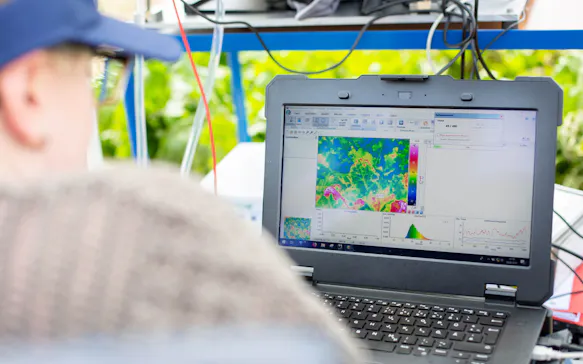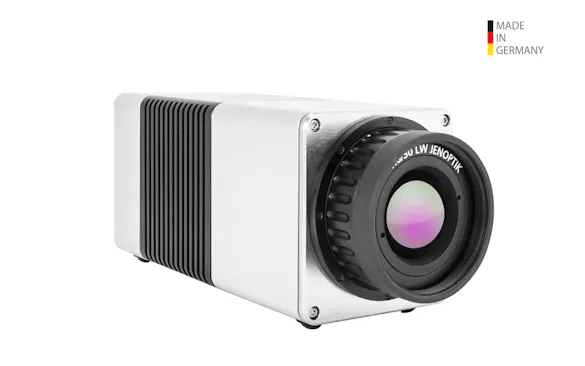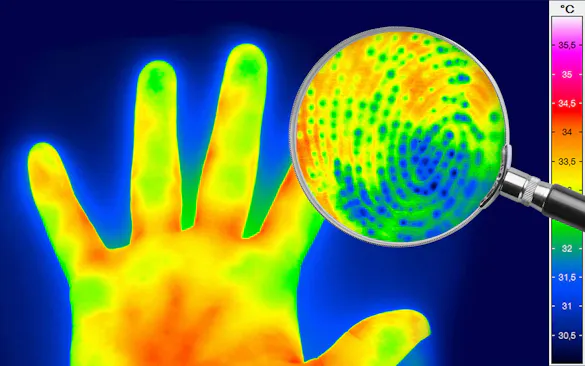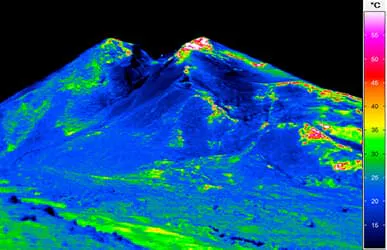The Seeds of the Future
Environmental conditions today often tend towards extremes. Many areas are very humid and wet, while others are predominantly dry. Particularly in the second case, cultivating raw materials such as grain, beet or maize is a challenge. A challenge that KWS SAAT SE & Co. KGaA is facing. As part of its plant research, the company uses the VarioCAM® HD head 900 infrared camera from InfraTec to analyse the behaviour of plants during drought stress and pest infestation.
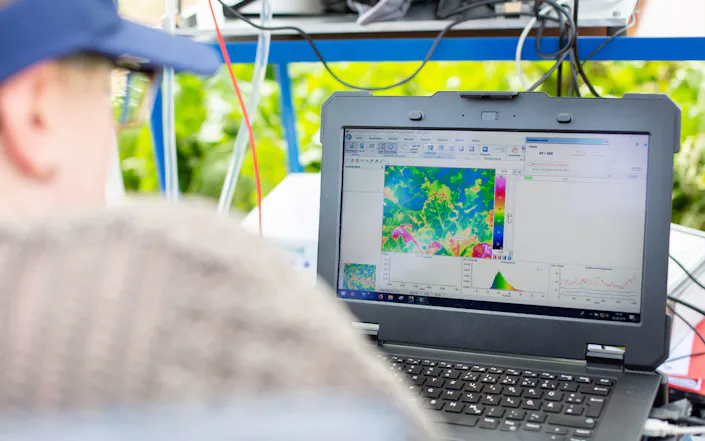
Plants of the Future
Research into the behaviour of plants under drought stress plays a crucial role for future agriculture. This is because the research results provide insights into how adaptable and robust a plant variety is and how it reacts to different temperatures. This, in turn, enables decisions to be made about which varieties will be bred further. In the past, specific statements about plant behaviour under drought stress were limited. But with the help of thermography, scientists now have access to valid measurements that allow them to take new selection options into consideration and develop more robust and resistant plant varieties.
KWS SAAT SE & Co. KGaA's work includes multiplying and distributing sugarbeet and corn seed. The company finances basic research and the breeding of the KWS Group's range of varieties and provides its subsidiaries with new sorts for multiplication and distribution every year.
InfraTec Solution
KWS SAAT SE & Co. KGaA, Einbeck
Project staff: Dr. Christoph Bauer
Thermographic System:
VarioCAM® HD head 900
Thermography for Better Plant Growth and Against Pest Infestation
But how does an infrared camera help to detect drought stress or pest infestation of a plant? The answer is quite simple: by measuring the leaf temperature. Complementary to visual cameras, the infrared camera provides exact surface temperatures and their distribution on the leaf. This enables conclusions to be drawn about leaf health and robustness as well as plant growth. This is done without contact and, due to the high geometric resolution, allows the recording and evaluation of large areas. What is measured is the heating of the plant during drought stress, which is not visible to humans, in comparison to the previously determined plant temperature under favourable conditions. Light reflected and absorbed by the plants in different wavelength ranges is recorded for this purpose.
For research on pest infestation, such as in the Dataplant project, a special laser is used that emits a beam of infrared light and illuminates the leaf green. At a certain wavelength in the infrared range, infested or diseased leaf areas are heated differently than healthy ones. The VarioCAM® HD head infrared camera from InfraTec is used for the measurement. Its compactness and handy size allow easy integration into mobile measurement set-ups. There the camera measures how the individual leaf areas heat up and transfers the temperature values directly to the control PC. The data can be stored and evaluated on this PC with an associated software.
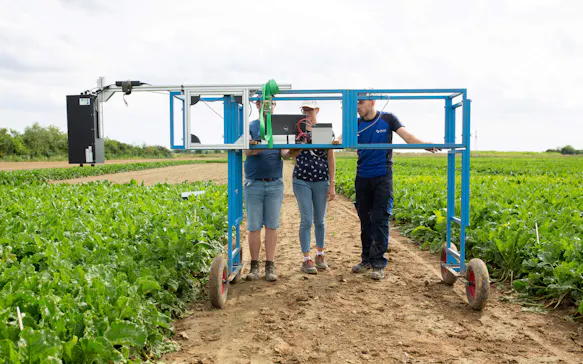
The camera technology itself withstands some challenges and defies environmental conditions such as temperature fluctuations, dust and wind. Since the measurements take place outdoors, the sunlight respectively daylight varies, which has to be taken into account in thermal imaging. The ex works degree of protection IP67 as well as connectors that maintain the degree of protection ensure corresponding operational safety. Due to the radiometric precision calibration of the thermographic system and the robust camera housing with internal reference sensors, the measurements of the VarioCAM® HD head 900 are always stable and reliable. To physically increase the native detector resolution from (1,024 × 768) IR pixels to (2,048 × 1,536) IR pixels, the camera is also equipped with internal opto-mechanical MicroScan technology.
Another advantage is the flexible connection of the camera to KWS' own systems via a fast Gigabit Ethernet interface. The associated software development kit (SDK) enables trouble-free integration into existing systems. InfraTec's infrared cameras are in use at various KWS locations worldwide.
As a result of these research projects, agriculture has more robust and resistant seeds, which helps agriculture to better cope with extreme environmental conditions in the future.
